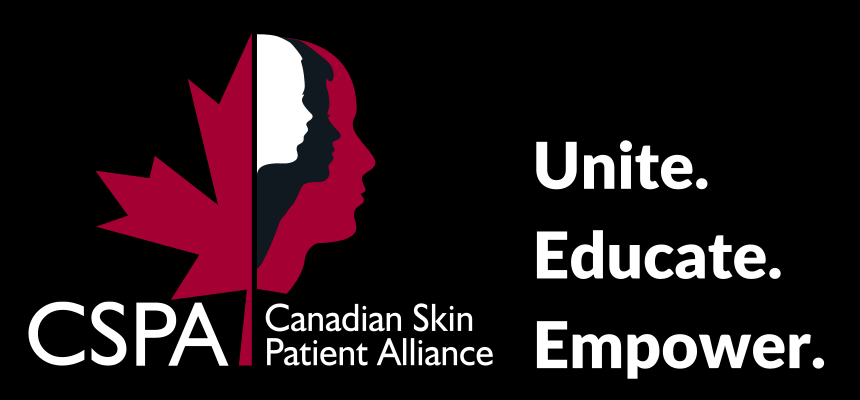Diagnosis and Treatment
Diagnosis
In order to be clinically diagnosed with NF1, the individual must exhibit at least two of the following clinical features:
- 6 or more CALMs that are >5 mm in diameter in children before they hit puberty and >15 mm in diameter in individuals after puberty.
- 2 or more neurofibromas of any type
- Freckling in armpit region or in the groin region
- A brain tumour that affects the nerve leaving from the eye, going towards the brain (known as an optic nerve glioma)
- Two or more Lisch nodules
- Abnormal bumps across the limbs
- A first-degree relative who has been diagnosed with NF1
Families who have a child with NF1 and are considering having another child, may perform genetic testing of the fetus to know the likelihood of their next child having NF1. This is known as prenatal testing.
Treatment
The management of patients with NF1 necessitates a multidisciplinary approach. Patients are cared for longitudinally, throughout their lives, as symptoms and complications must be detected and treated as they occur.
The child with NF1 must have regular visits at yearly individuals with the multidisciplinary healthcare team. Certain tests must be performed at each visit. Refer to the table below.
|
Type of Examination |
What the physician will do |
Why this is important |
|
Physical exam (every year) |
Examine the skin for signs of any new abnormal growths. Check for high blood pressure. Measure the height, weight, and head size. Check the arms, legs, and back for any abnormal bone growths or abnormal curvature |
NF1 can change how the body grows and forms. It can cause high blood pressure which can lead to heart disease, and other heart problems. |
|
Eye exam (every year) |
A full eye exam, including visual screening |
NF1 can cause tumours to grow behind the eye which can affect vision |
|
Check for signs of early puberty (every year) |
Look for hair growth under the arms or between the legs. Look for budding breasts (in girls). Look for growth of the penis or testicles (in boys). |
NF1 can cause tumours in the part of the brain that controls the timing of puberty. |
|
Check on learning and memory (every year) |
The child will be assessed for any learning problems, undergo a developmental assessment, and be assessed for signs of ADHD (attention-deficit hyperactivity disorder). |
If the child has any learning problems, it is vital that this is identified at an early stage so they do not fall behind in school. |
|
Review school progress (one the child reaches school age) |
Various tests can identify where learning gaps are, if the child is not learning well in school. |
There are special classes available with tutors that can assist the child |
|
Look for large, abnormal skin growths (each year) |
Patients are questioned as to whether any of the growths hurt more than normal. |
This can suggest that the abnormal growth on the skin is becoming a cancer |
Medications also exist for patients with increase bone fragility. Other bone abnormalities such as scoliosis may require surgical intervention by an orthopedic surgeon. Blood pressure can also be managed through a combination of diet, exercise, and medication.Children that have learning disabilities should obtain academic support if it is available. There are also speech, occupational, and physical therapy available for kids with speech problems, and balance and walking issues. Children with ADHD may require the need of medication to lower their hyperactive states. Medications also exist for individuals with seizures.There are various tumours associated with NF1. There are different treatment options that depend on the tumour type. Tumours on the skin tend not to be removed unless there is a specific need for removal (e.g., pain, bleeding, disfigurement, etc.). Larger tumours may need to be surgically removed. If the tumours have become life-threatening, such as a malignant cancer, then this involves the use of surgery, chemotherapy, and/or radiation as treatment.











